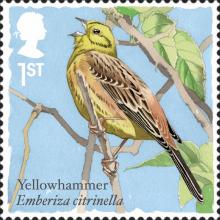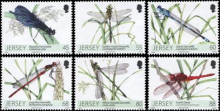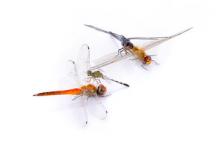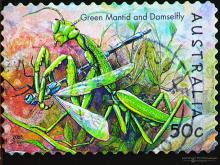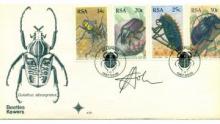Mankind’s ambivalence towards creepy crawlies
Little is really known about the total numbers of insect species our planet holds and it is estimated that only between 10 and 20 per cent of insect and invertebrate species have been classified and named. We may well ask ourselves as to why the world’s insect population is declining with some species facing extinction?


